A compond A has the molecular formula C5H9Cl.It does not react with bromine in carbon tetrachloride.On treatment with strong base it produces a single structure isomer B.B has a molecular formula C6H8 and reacts with bromine in carbon tetrachloride. Ozonolysis of B produces a compound C which has a molcular formula C5H8O2.Which of the following structures is that of A ?
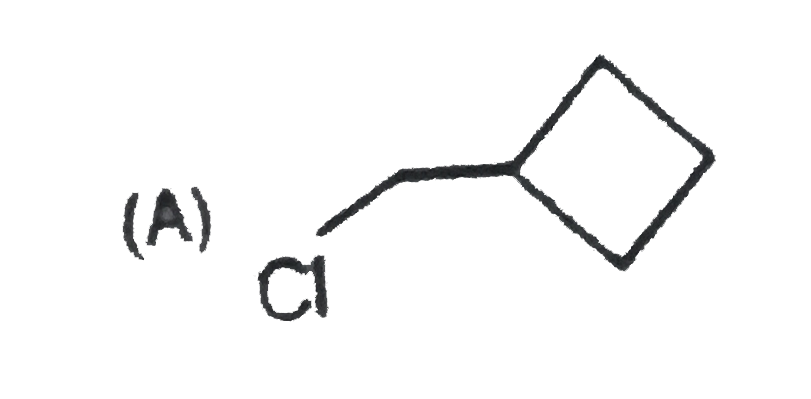
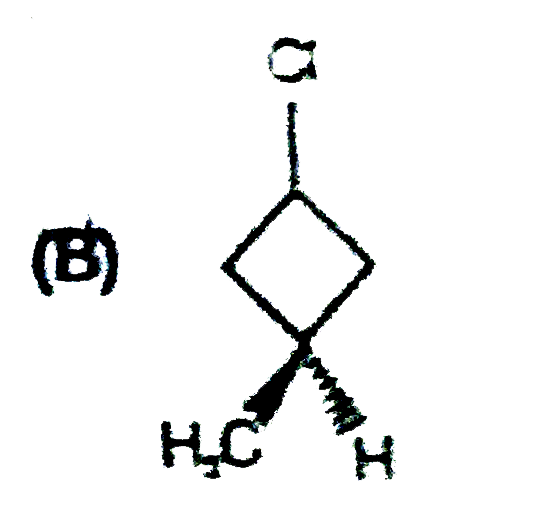
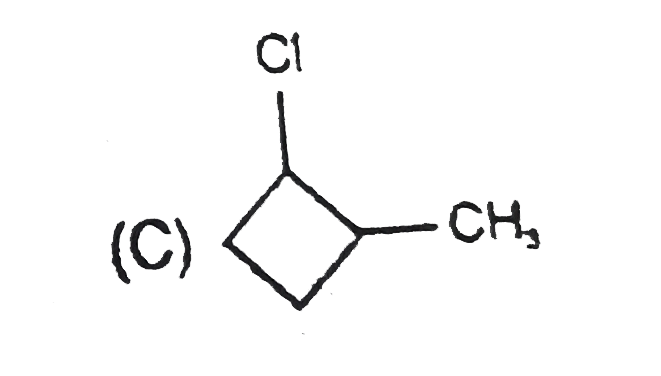
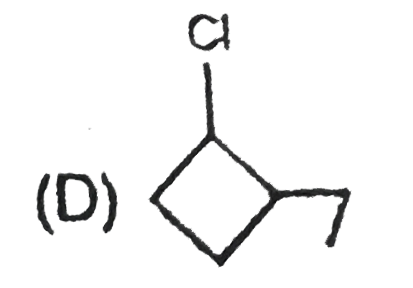
The correct Answer is:B
The following Structure are
Topper's Solved these Questions
Similar Questions
A compound (A) has molecular formula C5H9Cl .It does not react with bromine in CCl4. On treatment with a strong base it produces a single compound (B), (B) has a molecular formula C5H8 and reacts with Baeyer's reagent . Reductive ozonolysis of (B) produces a compound (C ) which has a molecular formula C5H8O2
On the basis of the given data what would be the structure of A ?
View SolutionA compound (A) has molecular formula C5H9CI It does not react with bromine in CCI4 On treatment with a strong base it produces a single compound (B) (B) has a molecular formula C5H8 and reacts with Baeyer's reagent . Reductive ozonotysis of (B) produces a compound (C ) which has a molecular formula C5H8O2
What would be the oxidative ozonolysis product of B ?
View Solution
Knowledge Check
A compound A has the molecular formula C5H9Cl. It does not react with bromine in carbon tetrachloride. On treatement with a stron base it produces a single compound B. B has a molecular formula C5H6 and reacts with bromine in carbond tetrachloride. Ozonolysis of B produces a compound C which has a molecular formula C5H6O2. Which of the following structure is that of A?
A B
B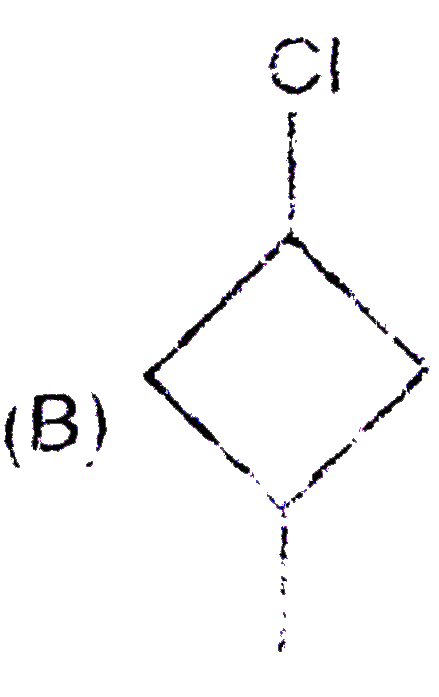 C
C D
D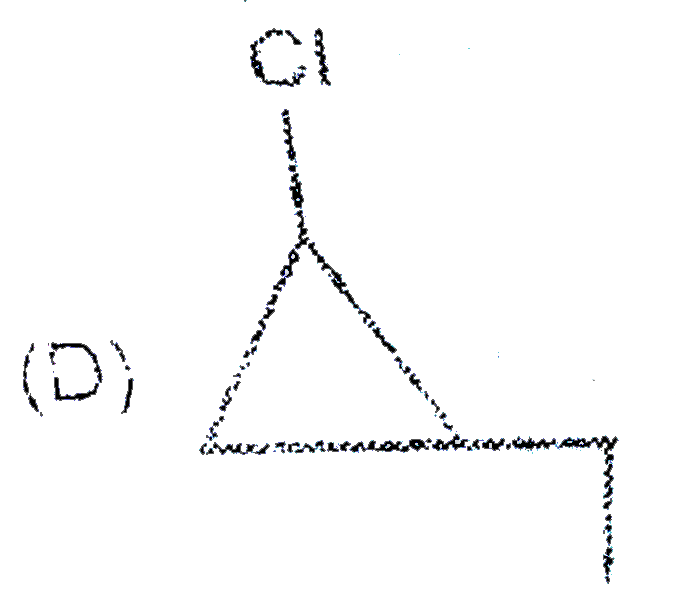
A compound (A) has molecular formula C5H9CI It does not react with bromine in CCI4 On treatment with a strong base it produces a single compound (B) (B) has a molecular formula C5H8 and reacts with Baeyer's reagent . Reductive ozonotysis of (B) produces a compound (C ) which has a molecular formula C5H8O2
What would be the oxidative ozonolysis product of B ?A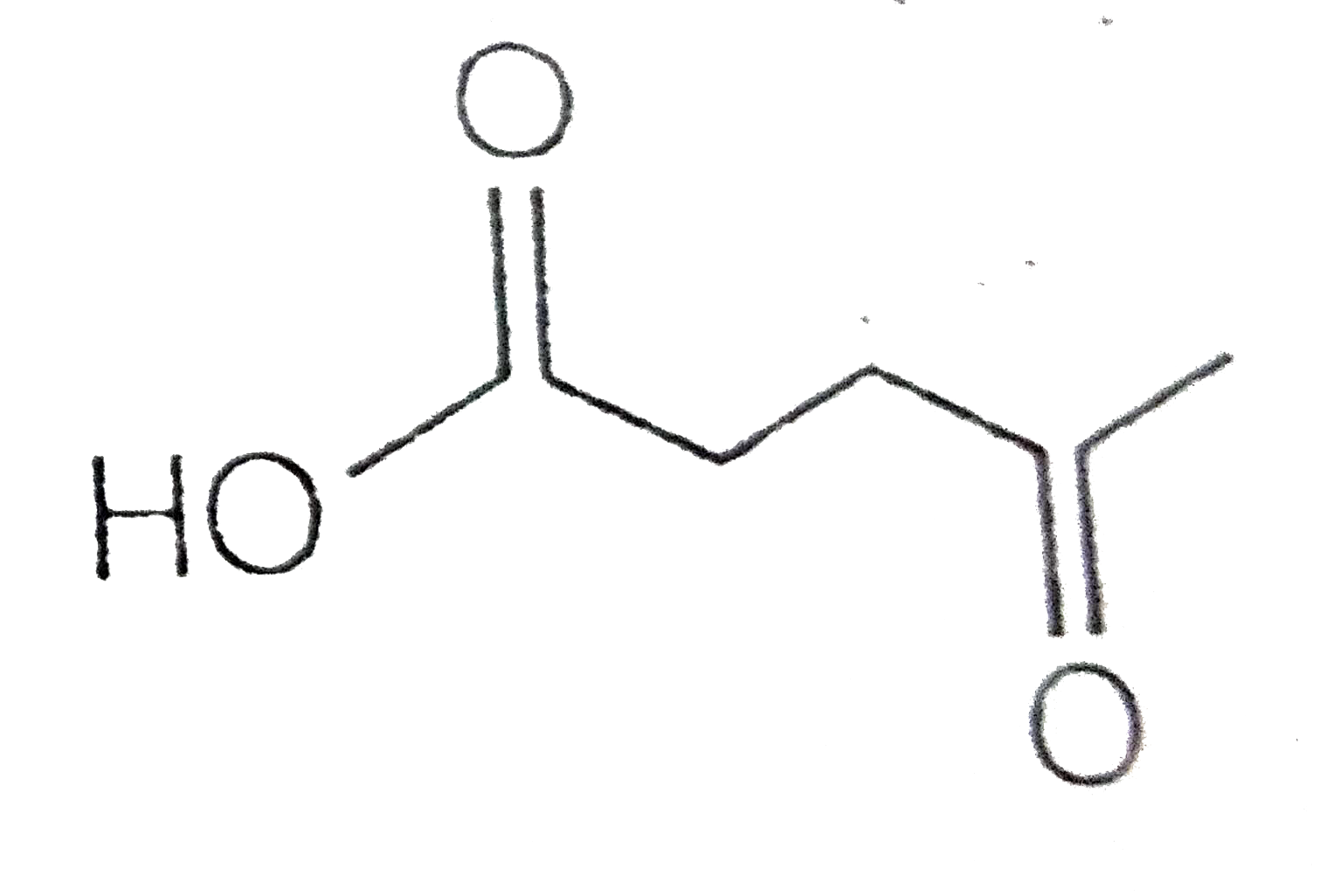 B
B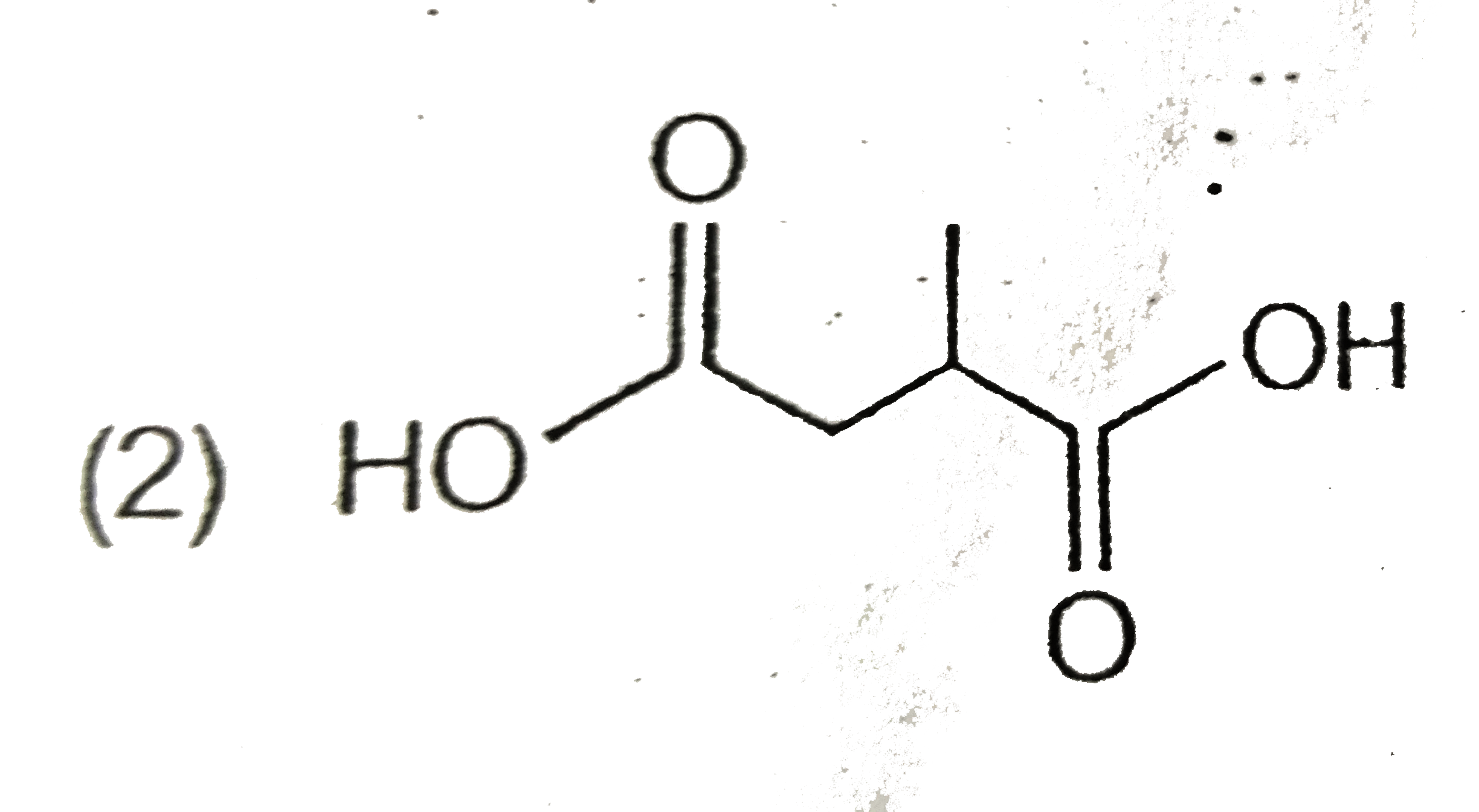 C
C D
D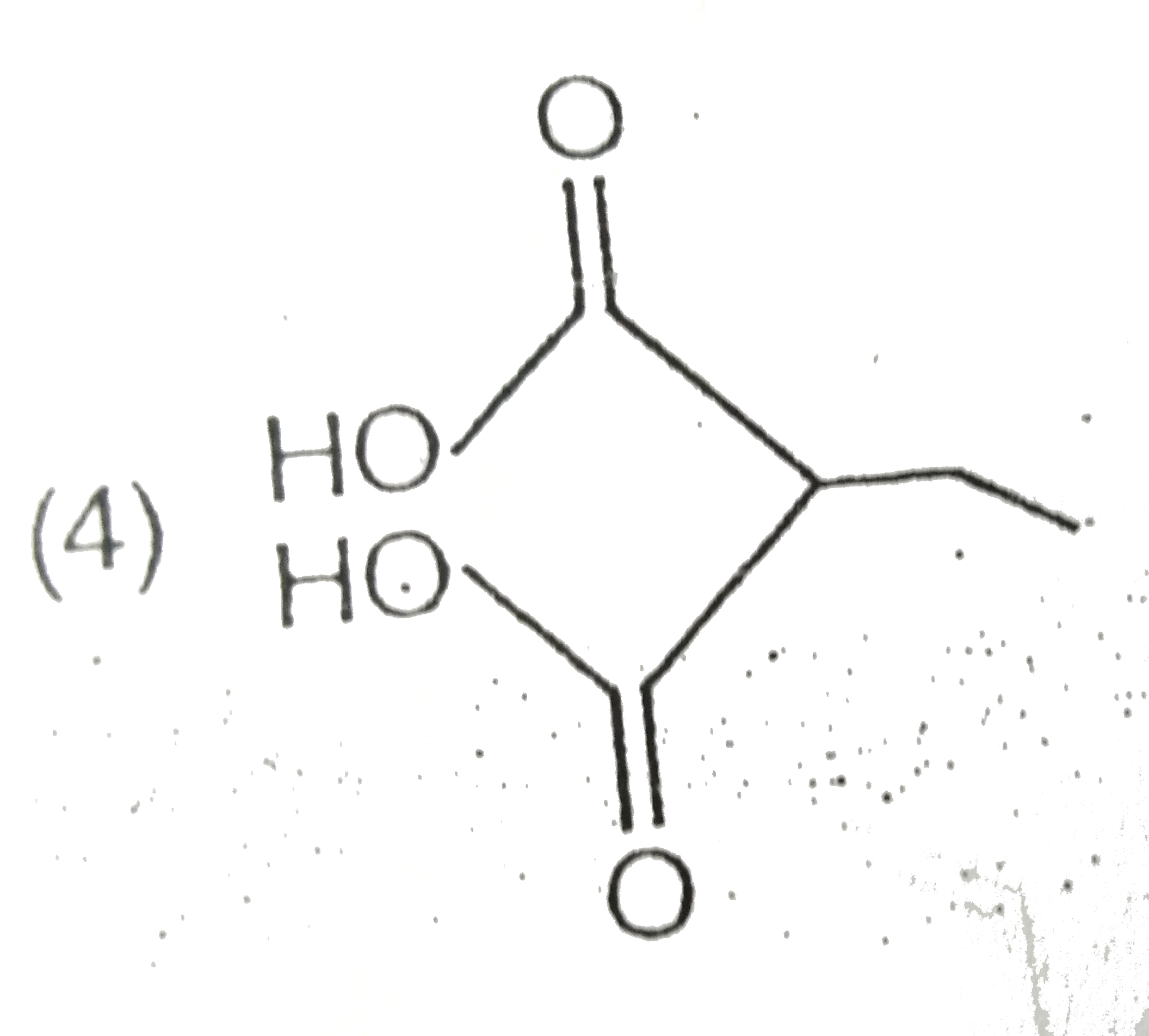
A compound (A) has molecular formula C5H9CI It does not react with bromine in CCI4 On treatment with a strong base it produces a single compound (B) (B) has a molecular formula C5H8 and reacts with Baeyer's reagent . Reductive ozonotysis of (B) produces a compound (C ) which has a molecular formula C5H8O2
formation of ( B) from (A) involvesASN2 MechanismBE1 mechanismCE2 MechanismD50% E1 and 50% E2 mechanism
A compound (A) has molecular formula C5H9CI It does not react with bromine in CCI4 On treatment with a strong base it produces a single compound (B) (B) has a molecular formula C5H8 and reacts with Baeyer's reagent . Reductive ozonotysis of (B) produces a compound (C ) which has a molecular formula C5H8O2
formation of ( B) from (A) involves
View SolutionNumber of structural isomers with molecular formula C4H10O is
View SolutionWrite the names and structures of three isomers which have the same molecular formula C4H8O.
View SolutionA compound (A) with molecular formula C4H8O shows bromine water test. Compound (A) is :
View SolutionA compound (A) has molecular formula C5H9CI It does not react with bromine in CCI4 On treatment with a strong base it produces a single compound (B) (B) has a molecular formula C5H8 and reacts with Baeyer's reagent . Reductive ozonotysis of (B) produces a compound (C ) which has a molecular formula C5H8O2
On the basis of the given data what would be the structure of A ?
View Solution
